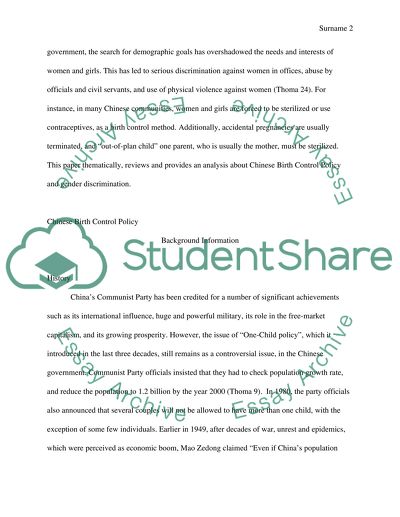Cite this document
(“Chinese Birth Control Policy and gender discrimination Research Paper”, n.d.)
Retrieved from https://studentshare.org/english/1462972-chinese-birth-control-policy-and-gender
Retrieved from https://studentshare.org/english/1462972-chinese-birth-control-policy-and-gender
(Chinese Birth Control Policy and Gender Discrimination Research Paper)
https://studentshare.org/english/1462972-chinese-birth-control-policy-and-gender.
https://studentshare.org/english/1462972-chinese-birth-control-policy-and-gender.
“Chinese Birth Control Policy and Gender Discrimination Research Paper”, n.d. https://studentshare.org/english/1462972-chinese-birth-control-policy-and-gender.


